Frederica Freyberg:
Do you know that you’ve got crummy or no high-speed internet coverage at all where you live? The Federal Communications Commission is out with a new map that shows Wisconsin has 98% broadband coverage. Our own Public Service Commission says not so fast given that its own map shows much spottier coverage in Wisconsin. The PSC is inviting customers to challenge the FCC map. At stake, hundreds of millions in federal grant dollars for upgrades. Alyssa Kenney, broadband and digital equity director at the PSC tells us more. Thank you for being here.
Alyssa Kenney:
Thank you so much for having me.
Frederica Freyberg:
So why is the PSC inviting customers to challenge the FCC map? Is it that inaccurate?
Alyssa Kenney:
So the new national broadband map, this is a draft of what is our first and most granular address by address version of broadband coverage in the United States. And so — this is the first time that customers and governments can directly challenge the map. It is particularly important right now and particularly before January 13th for people to challenge anything that’s inaccurate in the map because our federal allocation of infrastructure dollars is going to be based on some of the underlying numbers in this map.
Frederica Freyberg:
So we all know that there are places throughout Wisconsin without broadband, notwithstanding the coverage that that FCC map shows. But how many areas or how many people in Wisconsin are without it?
Alyssa Kenney:
So broadband has been a bit of a moving goalpost for the past few years. If you look at kind of the older standard of 25 by three, there is about 650,000 people, or, you know, 230,000 locations in the state where people don’t have access to broadband. There is plenty of other people that I always like to say that can’t afford the broadband that’s available, which is a different and also an important problem for us to be focused on.
Frederica Freyberg:
But then why would the FCC maps not be accurate?
Alyssa Kenney:
So I think the FCC map that you probably have pulled up likely includes satellite. And so the satellite, that high altitude satellite, is something that generally the federal infrastructure dollars and the state broadband programs don’t consider. So what’s really important when people are looking at that new federal map is that they make sure that they filter and look at sort of a more apples to apples comparison. So that 98.1% includes all the people who are able to access that satellite service. And really there are many people in the state that can access satellite service. And so what we want to look at for this map is who can access that fixed wireless or wire line service in their home at 25-3. So that’s where you see the big differences is in that including satellite and while the FCC is technology neutral and includes satellite in their map, the state broadband office does not.
Frederica Freyberg:
Okay. So can you describe what they should be looking for when you say 25-3?
Alyssa Kenney:
Sure. I mean 25 megabits download and three megabits per second upload. That’s the speed of internet. There are a lot of things that go into the quality and the service that somebody has. But that’s the really important number for determining if a location will help the state get additional federal funding. And so — and so what we’re asking folks to do is go into the map and type their address and look at what the service providers are listed are and if any of them are untrue as it relates to availability or that they see a mistake related to availability to submit a challenge.
Frederica Freyberg:
So already more than $100 million of COVID relief funding has been disbursed by the PSC in Wisconsin toward broadband. That’s according to the State Audit Bureau. And this is a boat ton of money going toward high speed internet plus this potential, as you spoke to, of really a billion dollars more from the infrastructure law. Is broadband infrastructure this hugely expensive?
Alyssa Kenney:
Broadband infrastructure is hugely expensive and particularly when you get to these last mile locations in some of our more scarcely or sparsely populated rural areas. And so sometimes you are talking about 1 or 2 locations per mile. Sometimes you are even talking about 1 or 2 miles per location. And so the costs do increase. Wisconsin is a beautiful state but some of our granite bluffs and our cranberry bogs make for unique circumstances for installing the infrastructure that make it especially challenging.
Frederica Freyberg:
Interesting. All right. Alyssa Kenney from the PSC, thank you so much.
Alyssa Kenney:
Thank you.
Frederica Freyberg:
Consumers have until January 13 to challenge their service by going to the Federal Communication Commission broadband map, entering their address and then clicking on the location or availability challenge links.
Search Episodes
Related Stories from PBS Wisconsin's Blog

Donate to sign up. Activate and sign in to Passport. It's that easy to help PBS Wisconsin serve your community through media that educates, inspires, and entertains.
Make your membership gift today
Only for new users: Activate Passport using your code or email address
Already a member?
Look up my account
Need some help? Go to FAQ or visit PBS Passport Help
Need help accessing PBS Wisconsin anywhere?
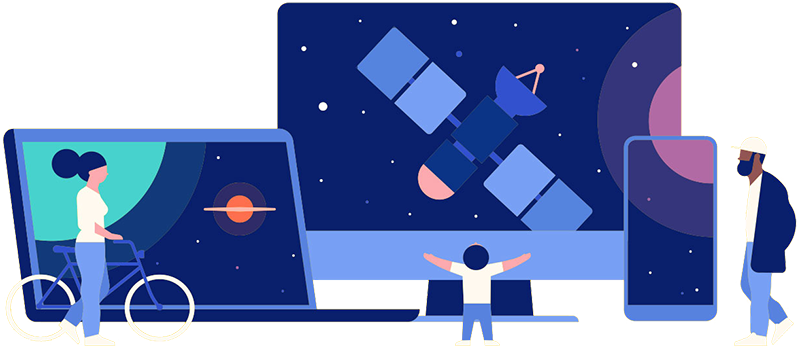
Online Access | Platform & Device Access | Cable or Satellite Access | Over-The-Air Access
Visit Access Guide
Need help accessing PBS Wisconsin anywhere?

Visit Our
Live TV Access Guide
Online AccessPlatform & Device Access
Cable or Satellite Access
Over-The-Air Access
Visit Access Guide
 Passport
Passport
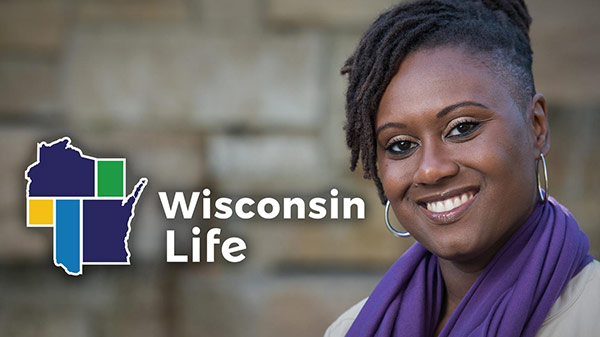
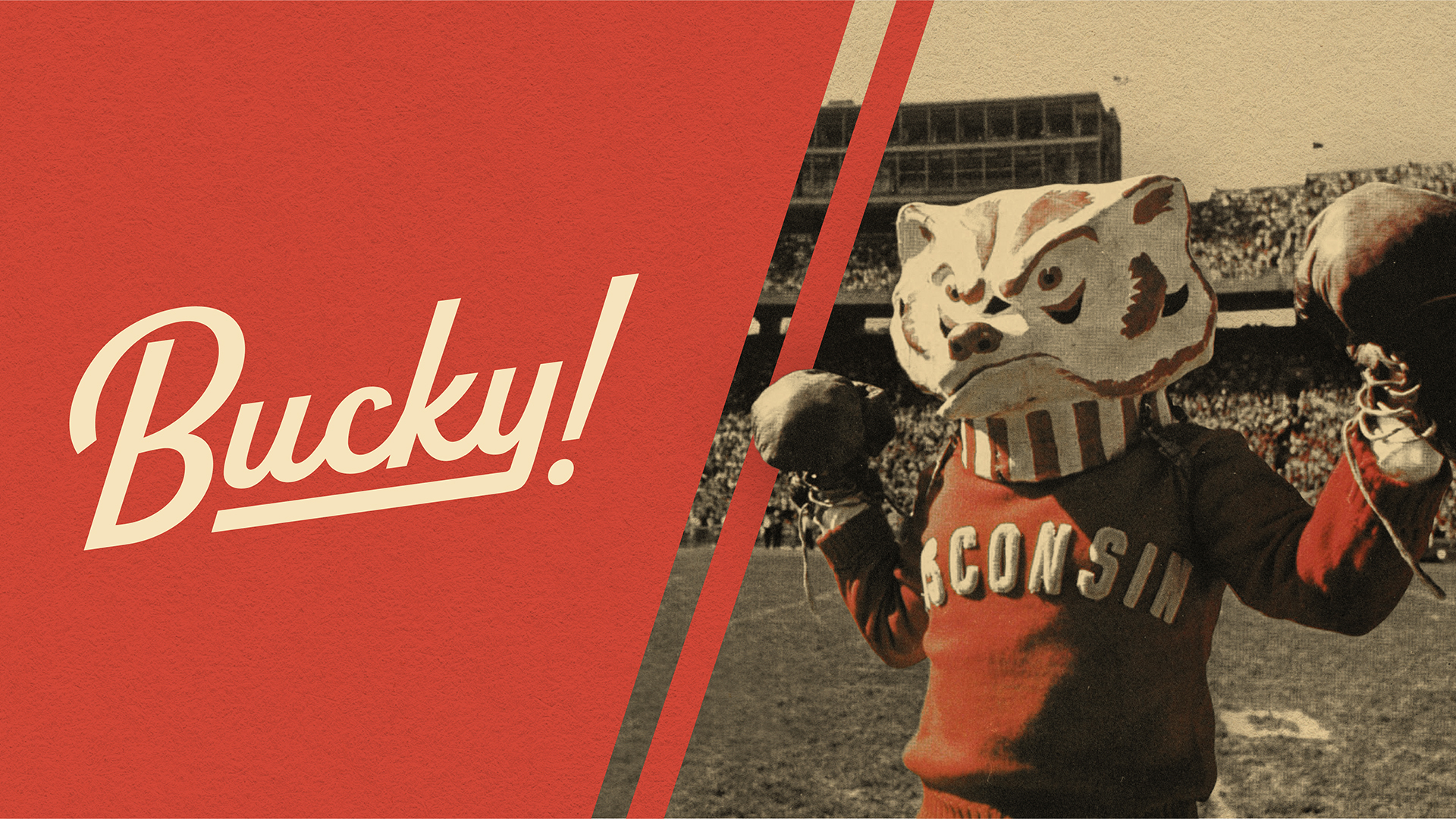
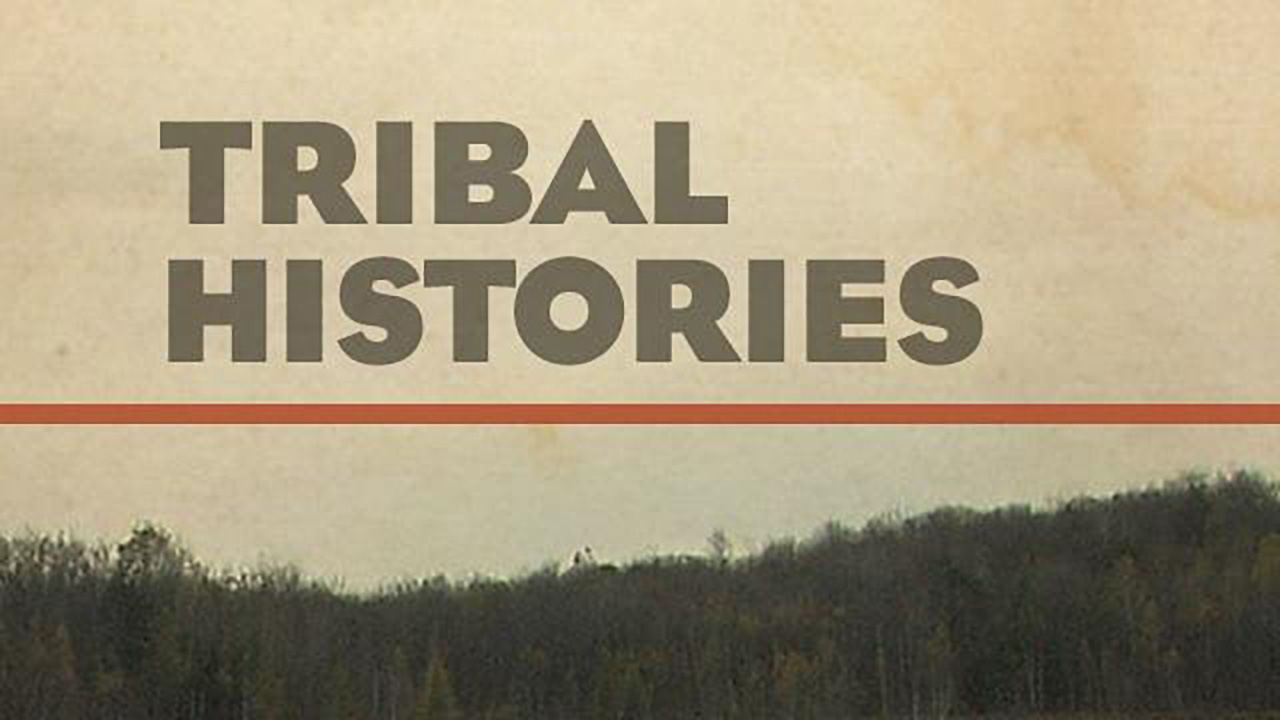
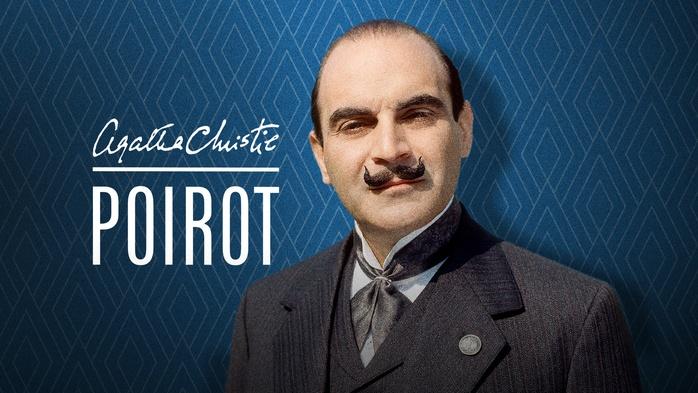


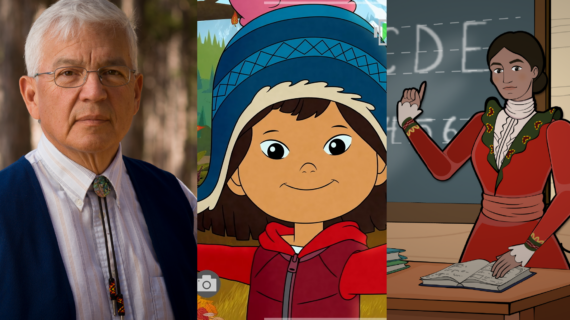
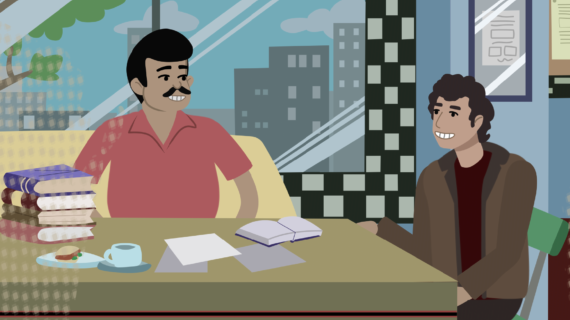
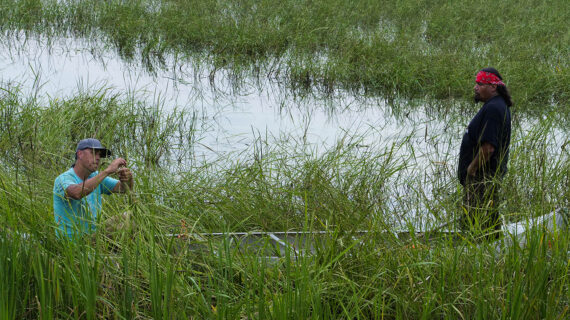

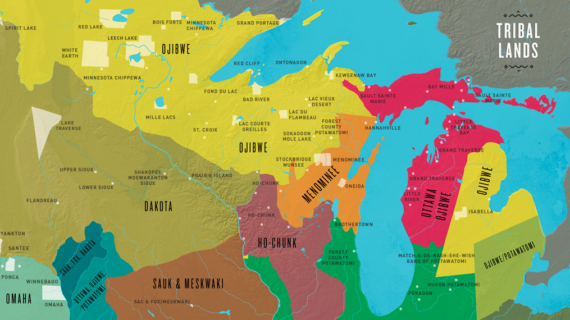
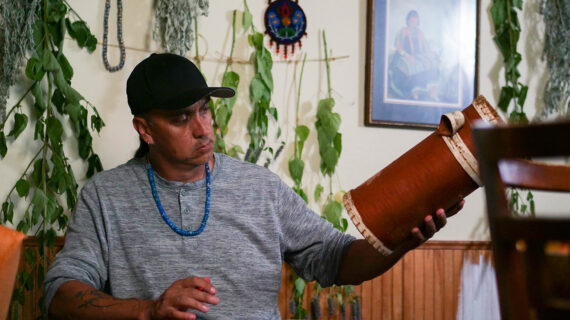
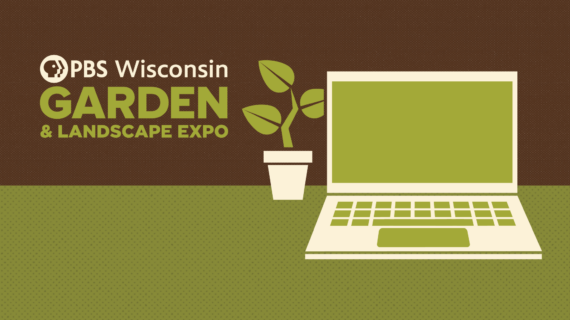

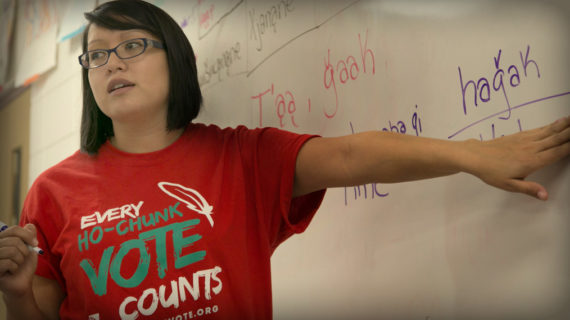

Follow Us